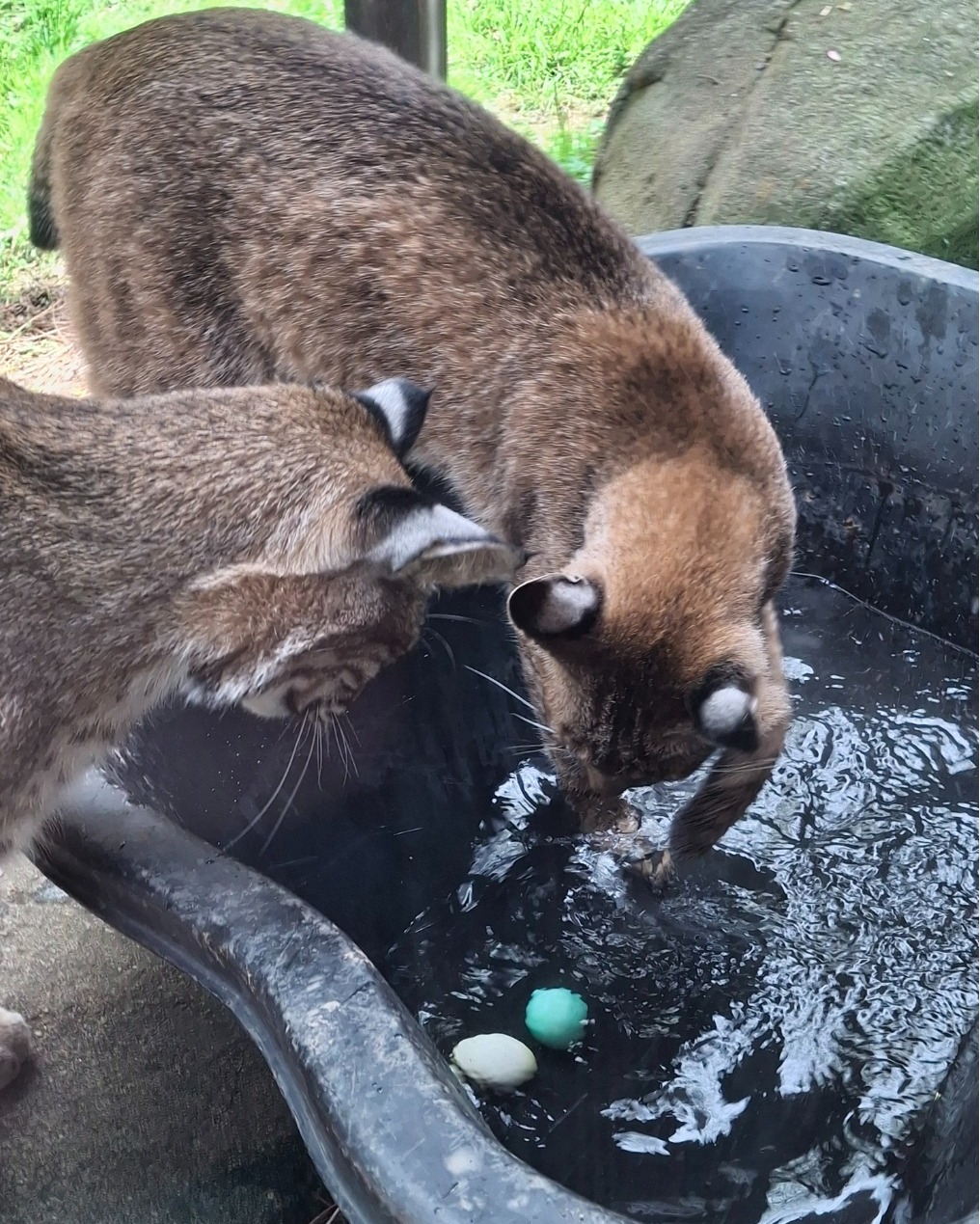- The significance of animal enrichment activities and their impact on animal well-being.
- The role of zoos in wildlife conservation and public education.
- The basics of organizing an animal-friendly Easter egg hunt in a zoo setting.
- Species-specific approaches to enrichment and their benefits.
- The social and psychological aspects of group activities for animals.
Animal enrichment activities, such as Easter egg hunts, play a vital role in promoting the psychological and physical well-being of zoo inhabitants. These activities are designed to engage animals’ senses, stimulate natural behaviors, and break the monotony of captive life. This initiative not only enhances animal welfare but also serves as an educational tool for visitors, fostering a deeper understanding of wildlife conservation.
Zoos are more than just places to observe animals; they are critical hubs for conservation and education. In a changing world, zoo-based programs aim to educate the public about biodiversity and the importance of preserving natural habitats. Organizing events like Easter egg hunts requires careful planning to ensure that the activities are both safe and beneficial for the animals involved.
Creating an effective Easter egg hunt involves considering the needs and natural behaviors of each species. Birds might enjoy searching for hidden seeds or insects, while primates could be challenged with opening treat-filled eggs. The key is to replicate scenarios they might encounter in their natural environments, encouraging problem-solving and increasing activity levels.
Enrichment activities must be species-specific to be truly effective. For instance, big cats might benefit from scent trails that lead them to hidden food items, mimicking hunting behaviors. Meanwhile, smaller animals could enjoy tactile enrichment with objects they can manipulate. Understanding these varied needs is essential for successful zoo management and animal care.
Group activities like Easter egg hunts can enhance social interactions among animals, supporting their mental health. For social animals, these activities can help foster group cohesion and reduce stress. Additionally, such interactions can increase playful behaviors, which are indicators of good welfare.
Zoos play an essential role in bridging the gap between humans and wildlife. Through events like Easter egg hunts, they highlight the importance of animal care and conservation. By engaging the public, these activities can inspire future conservationists and supporters of wildlife preservation efforts.
*****
Source Description
🥚Our animals went on a little Easter egg hunt! Which of these pictures cracks you up the most?


